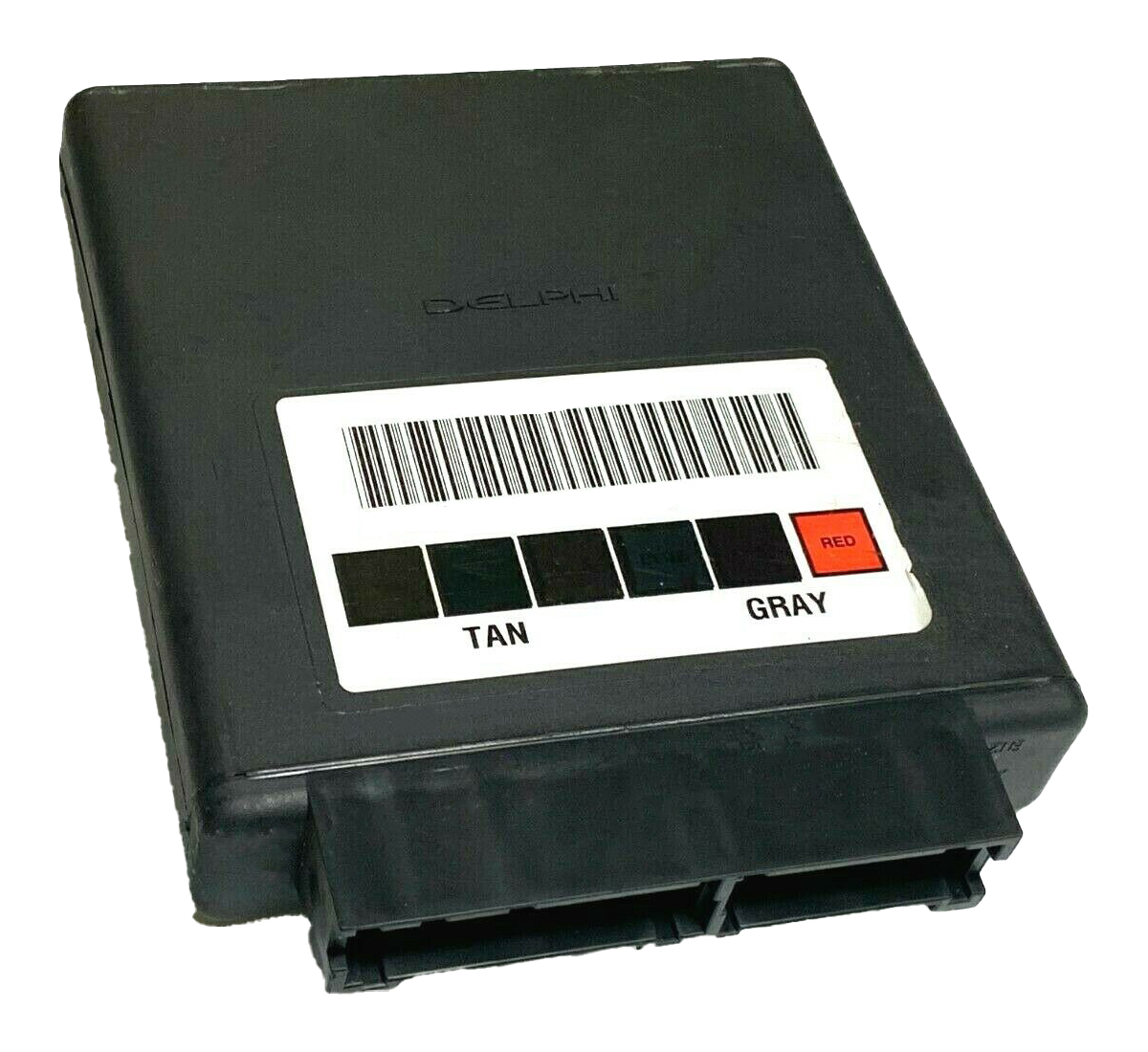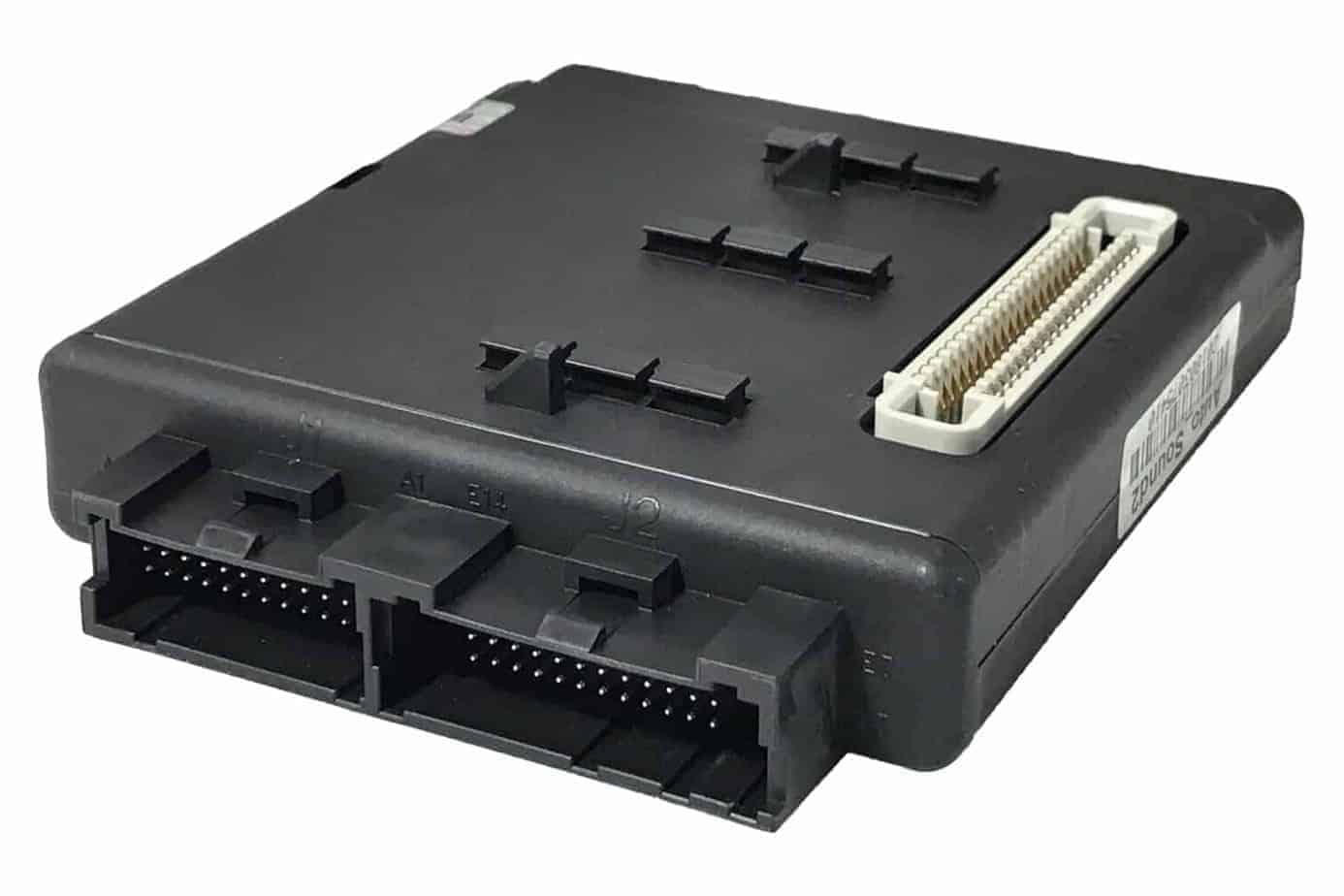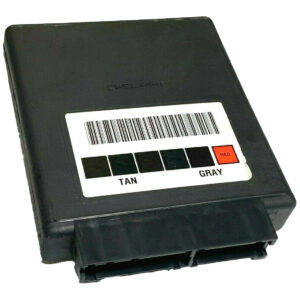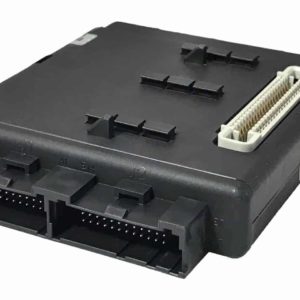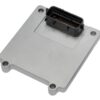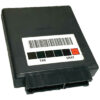Restore Your Vehicle’s Electrical System with a Reliable, Pre-Programmed BCM
As a technician with over two decades of experience in the bay, I’ve seen firsthand the chaos a failing Body Control Module (BCM) can cause. It’s the central command for your vehicle’s body electronics, and when it goes, you’re often left chasing bizarre electrical gremlins that seem to have no source. One minute your power windows work, the next they don’t. Your dash lights might flicker like a disco ball, or worse, your vehicle might refuse to start altogether. This isn’t just an annoyance; it’s a reliability issue that can leave you stranded.
This replacement BCM is the definitive solution for your 2006-2009 SAAB 9-7X, Trailblazer, Envoy, and other compatible GM SUVs. The biggest hurdle with BCM replacement has always been the expensive and time-consuming programming required at a dealership. We eliminate that step entirely. By providing us with your vehicle’s VIN at checkout, we flash the module with the latest GM software specific to your vehicle. It arrives at your door ready for a straightforward installation, saving you hundreds of dollars and significant downtime.
From the Diagnostic Bay: The Case of the Phantom No-Start
I once had a 2007 Trailblazer in my shop that would intermittently refuse to crank. The owner had already replaced the battery and starter to no avail. Scans showed no clear codes, but after observing it for a day, I noticed the security light would sometimes stay on during the no-start events. The issue wasn’t the key or the ignition switch; it was the BCM failing to properly recognize the security handshake. A failing relay inside the module was the culprit. Swapping in a correctly programmed BCM didn’t just fix the starting issue—it also resolved the owner’s complaint of a dome light that had a mind of its own. This is a classic example of how a single faulty 2006-2009 SAAB 9-7X BCM can create multiple, seemingly unrelated problems.
Is Your Vehicle Showing These Signs of BCM Failure?
- ✔ Erratic or non-functional power windows, door locks, or mirrors.
- ✔ Dashboard warning lights (like Airbag or ABS) that stay on for no reason.
- ✔ Interior or exterior lights flickering, staying on, or not working at all.
- ✔ The security system preventing the engine from starting or cranking.
- ✔ Gauges on the instrument cluster behaving erratically or not working.
- ✔ Communication loss codes (U-codes) when scanned with a diagnostic tool.
- ✔ The horn sounding randomly or not working when pressed.
A Straightforward Guide to Your BCM Installation
Installing your new 2006-2009 SAAB 9-7X BCM is a manageable job for a confident DIYer. Since we’ve handled the programming, you can skip the trip to the dealer. Here’s a general guide:
- Safety First: Always disconnect the negative terminal from your vehicle’s battery and wait a few minutes before starting work.
- Locate the BCM: On these GM SUVs, the BCM is typically located under the rear driver’s side seat, integrated into the fuse block assembly. You may need to lift the seat cushion to access it.
- Disconnect and Remove: Carefully unplug all the electrical connectors from the old BCM. They have locking tabs that need to be depressed. Once disconnected, unbolt or unclip the module from its mounting location.
- Install the New Module: Seat the new, pre-programmed BCM in place and securely plug in all the electrical connectors. Ensure each one clicks firmly into place.
- Reconnect and Test: Reconnect the negative battery terminal. Turn the key to the ‘On’ position and test all body functions—windows, locks, lights, wipers, etc.—to confirm proper operation.
- Post-Installation Checks: In some cases, additional steps may be needed. If your airbag light is on, a professional scan tool is required to perform the ‘Setup SDM Primary Key’ procedure. A ‘Brake Pedal Position Relearn’ may also be necessary for proper brake light and traction control function.
Verified Vehicle Compatibility
This module is a direct replacement for part numbers 15787809, 25802312, 8258023120, and 15135466. It is guaranteed to fit the following models:
- ✔ SAAB 9-7X: 2006-2009
- ✔ Chevrolet Trailblazer: 2005-2009 (w/o security system, check ID for 2005)
- ✔ Chevrolet Trailblazer EXT: 2005-2006 (w/o security system, check ID for 2005)
- ✔ GMC Envoy: 2005-2009 (w/o security system, check ID for 2005)
- ✔ GMC Envoy XL: 2005-2006 (w/o security system, check ID for 2005)
- ✔ Buick Rainier: 2005-2007 (w/o security system, check ID for 2005)
- ✔ Isuzu Ascender: 2005-2008 (w/o security system, check ID for 2005)
Frequently Asked Questions
Why do you need my VIN?
Your Vehicle Identification Number (VIN) allows us to load the exact, factory-correct software for your vehicle’s specific options and configuration. This ensures the BCM works perfectly right out of the box, just as a new one from the dealer would after they program it.
Is this a plug-and-play part?
Yes, because we program it to your VIN before shipping, it is a plug-and-play installation. However, as noted, some vehicles may require a simple relearn procedure for the airbag or brake pedal position sensor, which may require a capable scan tool.
Do I need to return my old BCM?
No, there is no core charge for this part. You can keep your old module, which is helpful if you ever need to reference old part numbers.
My airbag light came on after installation. What should I do?
This is a normal possibility. The new BCM needs to be electronically ‘introduced’ to the airbag system’s computer (SDM). A professional mechanic with a high-level scan tool can perform the ‘Setup SDM Primary Key in BCM’ procedure in a few minutes to resolve this.
Will this fix my ‘Service 4WD’ light?
While a failing BCM can cause a wide range of issues, the ‘Service 4WD’ light is more commonly associated with the Transfer Case Control Module (TCCM) or the front axle actuator on these platforms. It’s important to get a proper diagnosis before replacing parts.
Where is the BCM located on my 2007 GMC Envoy?
On the GMT-360 platform vehicles (Trailblazer, Envoy, Rainier, 9-7X, Ascender), the Body Control Module is part of the rear fuse block assembly, located under the driver’s side portion of the second-row seat.
